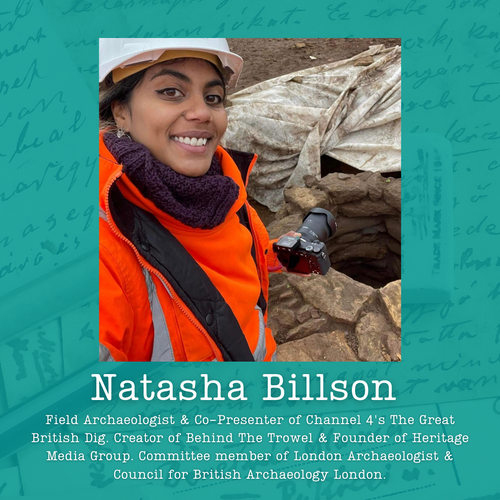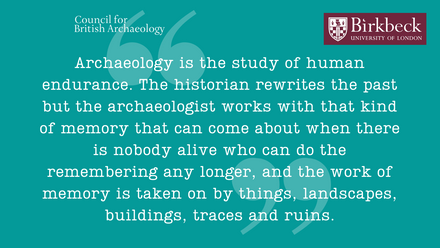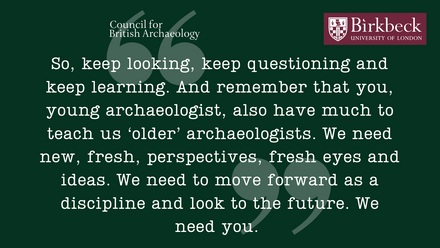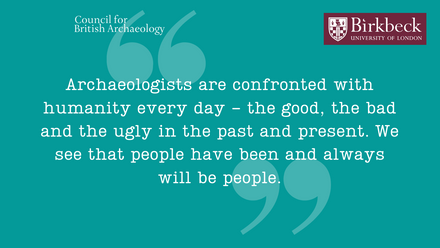Letter to a young archaeologist, March 2022
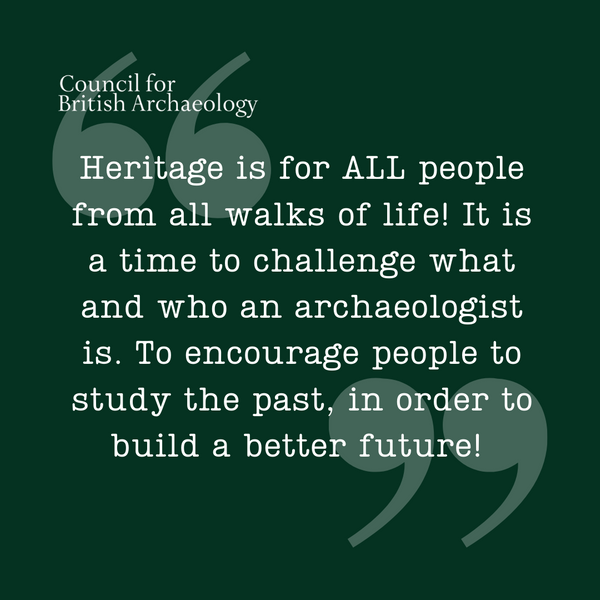
Dear Young Archaeologist,
When I was a child, I was fascinated by ancient civilisations, and what remnants survived the migration of peoples from one place to another. I first came across the word “archaeologist” whilst reading a book called Tutankhamun, in the school library. I was 7 years old but the memory is crystal clear. I was amazed by the grandeur and discovery of something so old and beautiful. I asked myself, how did they make that? How has it survived through time?
With that said, I could write about a) my experiences as a marginalised individual from a working class background, in an industry with 7% POC voices in the whole cultural heritage sector. b) being a commercial archaeologist. The challenges we face in a fast-paced industry with little to no job stability. Or c) TV and Public/Community archaeology. In true 2022 fashion, I created an Instagram poll. Out of the 4000 people that saw my story, 2620 people voted; a) 450, b) 320, c) 590, and 1260 voted for d) All of the above.
If there is anything that can be learned from social media, it is that the general public cares for something which provides value. Archaeology is as valuable as is the participation of the public. Without public engagement, archaeology is doomed!
Presenting Archaeology to the Public
We focus on the narrative of discovery in hope that it will inspire the viewer at home. Whether the use of the word discovery is over-used or not - that is for another discussion - we must understand the function and importance of a TV show and all public mediums. Media headlines may refer to us as “amazed” or “baffled archaeologists.” And the recovery of the smallest fragment of samian ware, may become a 2 minute segment on a TV show. But it all has a purpose, and that is to entice and excite the target audience.
A TV show is not made for an archaeologist, it is made for the general public. It is an introduction; a 101 class, to our discipline. It is an opportunity to glamourise what we do, in order to show the importance of how and why we do it. Why is this necessary?
It is by far the most effective method to attract positive attention to our discipline. All archaeologists, especially the next generation, should understand what difficulties not only our profession faces, but also the pernicious underestimation and underinvestment we have. The entire archaeological sector runs the risk of dying out like the mammoths it studies. This is partly due to the lack of archaeologists willing to disseminate their research in a simple, straightforward way. TV programmes and social media posts do this! If you think back to why you became an archaeologist it was most likely due to a “discovery” you read in the paper or watched on TV. Remember your “why” before you refuse to share your work or criticise others. The future profession of archaeology as we know it, may depend on it.
Final Thoughts
Heritage is for ALL people from all walks of life! It is a time to challenge what and who an archaeologist is. To encourage people to study the past, in order to build a better future! And for history to not repeat itself!
Archaeology is diverse but it is not inclusive. We have to be the change we want to see. Our differences should unite us, as we campaign to show the value of archaeology in today's society. This is what motivated me to become a public archaeologist, and I hope it will motivate you.
The Author
Natasha Billson is a British archaeologist and co-presenter of Channel 4’s The Great British Dig. She provides a unique perspective, growing up in a working class home by a single mother, and coming from a mixed heritage spanning South Asia, East Africa and the UK. Her experiences as a woman and person of colour, have shaped how she interprets the past and the importance of public outreach.
After reading BSc (Hons) Archaeology at Bournemouth University, Natasha worked on archaeological expeditions across Europe and Asia. From 2013 to 2021, she worked as a commercial field archaeologist. During that time, she created Behind The Trowel, a blog and YouTube channel which focused on archaeologists sharing their research and experiences, and @Tash_Archaeo, an instagram account which followed the #lifeofanarchaeologist in UK commercial field archaeology.
In 2021, finding creative ways to communicate the past, inspired Natasha to launch Heritage Media Group. The company bridges the gap between heritage organisations and individuals, with social media management, video production and training.
